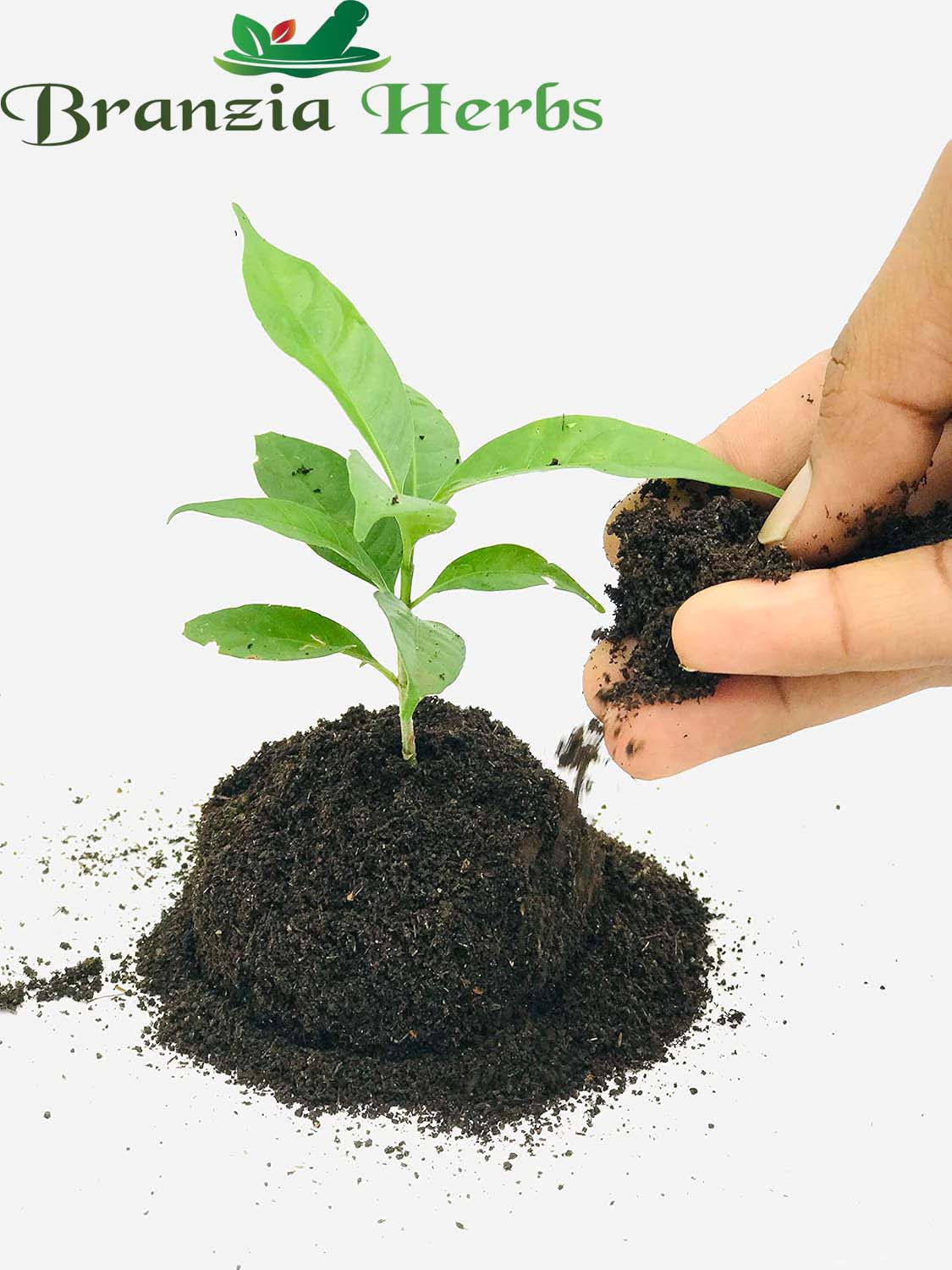Lovage (Levisticum officinale) is a versatile and aromatic herb known for its distinctive flavor, which is often described as a blend of celery and parsley with a hint of anise. It is used in various culinary and medicinal applications and is valued for its strong, savory flavor. Here’s a comprehensive guide on Lovage Herb Seeds, including their characteristics, benefits, and planting care:
Characteristics
-
Appearance:
-
Seeds: Lovage seeds are small, brown, and oval-shaped, about 2-3 mm in diameter. They are quite fine and need careful handling.
-
Plant: Lovage is a tall, perennial herb with large, celery-like leaves that are bright green and finely divided. The plant can grow up to 1.5 meters (5 feet) tall and produces small, umbels of greenish-yellow flowers in summer.
-
Plant Size:
-
Height: Typically grows to about 1-1.5 meters (3-5 feet) tall.
-
Spread: Can spread up to 60-90 cm (24-36 inches) wide.
Benefits
-
Culinary Uses:
-
Flavoring: Lovage leaves and stems have a strong, celery-like flavor with hints of anise. They can be used in soups, stews, salads, and as a seasoning in various dishes.
-
Herbal Blends: Lovage is sometimes used in herbal blends and can be a flavorful addition to homemade vegetable or meat broths.
-
Medicinal Uses:
-
Digestive Health: Lovage has been traditionally used to aid digestion and relieve symptoms such as bloating and indigestion.
-
Diuretic Properties: It is believed to have mild diuretic properties, which can help with fluid retention.
-
Anti-inflammatory: Contains compounds with anti-inflammatory properties that may support overall health.
-
Cosmetic Uses:
-
Skin Care: Lovage extracts are sometimes used in skincare products for their soothing and anti-inflammatory properties.
Planting Lovage Seeds
-
Preparation:
-
Seed Treatment: Lovage seeds can benefit from cold stratification to improve germination rates. Place seeds in the refrigerator for 2-3 weeks before planting.
-
Timing:
-
Optimal Season: Plant lovage seeds indoors 6-8 weeks before the last frost or directly outdoors after the last frost when soil temperatures are consistently above 15°C (60°F).
-
Soil and Location:
-
Soil Type: Prefers well-drained, loamy soil with a slightly acidic to neutral pH. Enriching the soil with compost can improve growth.
-
Location: Choose a sunny location with full sun or partial shade. Lovage can tolerate some shade and prefers cooler climates.
-
Planting:
-
Sowing Seeds: Sow seeds about 1/4 inch (0.6 cm) deep in the soil. Space seeds or seedlings about 30-45 cm (12-18 inches) apart.
-
Germination: Seeds typically germinate within 14-30 days. Keep the soil consistently moist but not waterlogged during this period. Lovage seeds have a slower germination process.
-
Watering:
-
Initial Care: Water the soil thoroughly after planting and maintain consistent moisture until seedlings are established.
-
Ongoing Care: Water regularly, especially during dry periods. Lovage prefers consistently moist soil but can tolerate brief dry spells.
-
Fertilizing:
-
Nutrients: Lovage benefits from a balanced fertilizer or compost. Fertilize every 4-6 weeks during the growing season to support healthy growth. Avoid excessive nitrogen, which can lead to overly lush foliage.
Care and Maintenance
-
Pruning:
-
Trimming: Regularly trim or harvest leaves to encourage new growth and prevent the plant from becoming leggy. Remove any dead or damaged leaves.
-
Pest and Disease Management:
-
Monitoring: Lovage can be affected by common garden pests such as aphids and diseases like fungal leaf spots. Monitor the plants regularly.
-
Control: Use organic pest control methods if needed and ensure good garden hygiene to prevent disease.
-
Harvesting:
-
Timing: Harvest leaves once the plant is well-established and has plenty of foliage. The best time to harvest is just before the plant starts to flower, when the leaves are at their peak flavor.
-
Method: Use scissors or pruning shears to cut stems. You can also harvest and dry leaves for later use in cooking and medicinal preparations.
-
Protection:
-
Winter Care: In colder climates, mulch around the base of the plant to protect it during winter. Lovage is a hardy perennial that will return in spring.
Environmental Considerations
-
Climate Adaptation: Lovage is well-suited to temperate climates and can tolerate a range of conditions. It thrives in cooler, moist environments and can be grown in various climates.
-
Sustainability: Ensure planting practices are sustainable and adhere to local regulations regarding agriculture and conservation.
Summary
Lovage Herb Seeds offer a robust and aromatic addition to your garden or kitchen. By following proper planting and care guidelines, you can successfully grow lovage and enjoy its distinctive flavor in a variety of culinary and medicinal applications. Lovage thrives in well-drained, sunny to partially shaded conditions and requires consistent moisture for optimal growth. Its culinary, medicinal, and cosmetic benefits make it a valuable herb for a range of uses.







